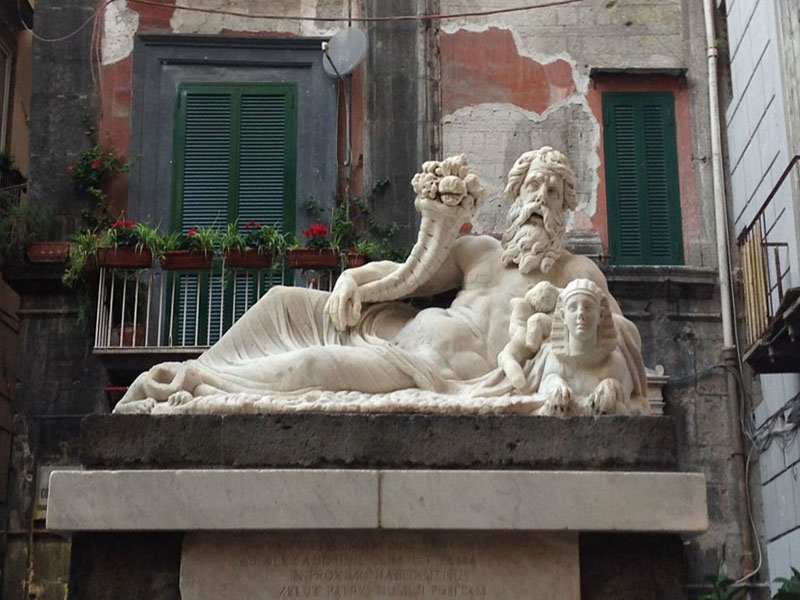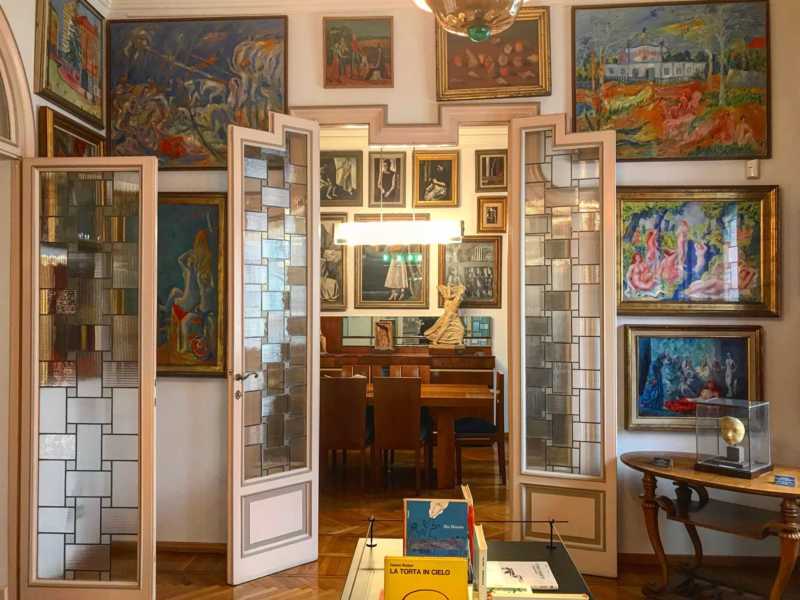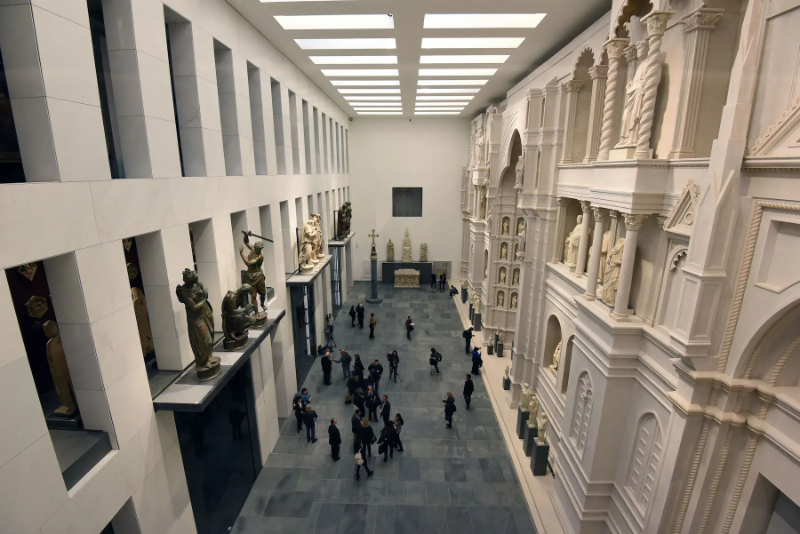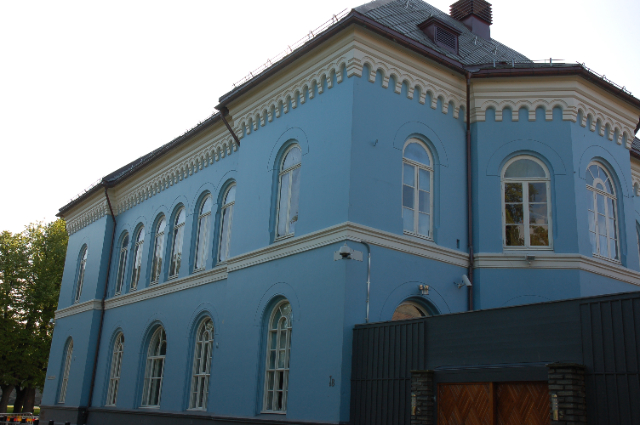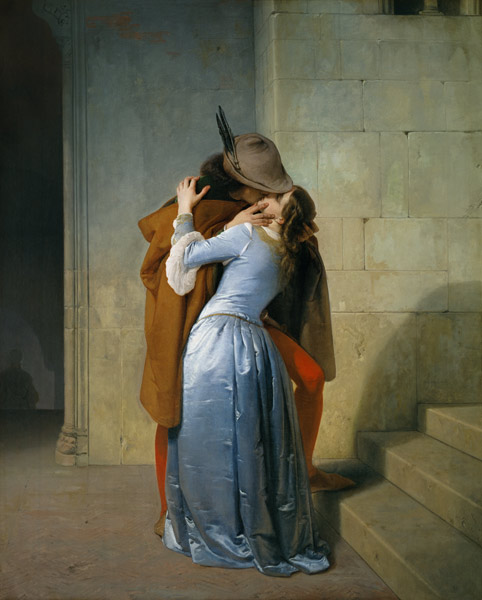The history associated with the sculpture dates back to the time of Greco-Roman Naples, when a large number of Egyptians (from Alexandria, Egypt) settled in the area where the monument still stands; the colonies were made up of different social classes, travelers, merchants and slaves.
The Neapolitan people were not averse to this phenomenon, so much so that the colonies were nicknamed the "Nilesi," in honor of the vast Egyptian river. The Alexandrians thus decided to erect a statue that would remind them of the Nile River itself, elevated to the ranks of deities bringing prosperity and wealth to their homeland.
In later centuries, after falling into oblivion, the statue was found headless in the mid-12th century, when the seat building was constructed in the area of the present largo, thus being placed at the outer corner of the same building.
Bartolommeo Capasso hypothesized that it was found during demolition work involving part of the ancient Nilo seat building (the remains of which, according to Roberto Pane, can be found in the three porticoes incorporated into the walls of the Pignatelli di Toritto palace) around and not before 1476, when the families of the seat, noting the dilapidated state of the building, purchased part of the monastery of Santa Maria Donnaromita for its new seat.
Due to the absence of the head, which did not allow for a certain identification of the subject, it was misinterpreted as the statue of a female figure, because of the presence of some children (the putti) who seem to be suckling in their mother’s breast. The work, according to ancient chronicles, starting with the 14th-century Chronicle of Partenope and the 1549 Descrittione dei luoghi antichi di Napoli by Benedetto De Falco, stood to symbolize the mother city suckling her children; hence the name cuorpo ‘e Napule (body of Naples), also given to the largo where it is still located today. This version is also principally referred to by Angelo Di Costanzo, who wrote in 1581 under the pseudonym of Marco Antonio Terminio the Apologia di tre illustri Seggi di Napoli (Apology of Three Illustrious Seats of Naples), where he argues for the greater nobility of the three seats (or seats) of Porto, Portanova and Montagna at the expense of the two seats of Nilo (defined by the corruption "Nido") and Capuana, which from theirs made as many claims to primacy. Di Costanzo-Terminio’s version is also reported and shared by Camillo Tutini, Giovanni Antonio Summonte and, in a much more recent era, Ludovico de la Ville Sur-Yllon[2].
It was not until 1657, when the old seat building was totally demolished, that the sculpture was laid on a plinth and restored at the initiative of the seat families by the sculptor Bartolomeo Mori, who supplemented the statue with the head of a bearded man, replaced its right arm, and brought in the cornucopia, the head of the crocodile by the god’s feet, the head of the sphinx placed under the left arm, and the various putti. Finally, an epigraph was placed on the plinth in remembrance, the text of which, though inaccurately,[1] was reported by Tommaso De Rosa in his 1702 work entitled Ragguagli storici della origine di Napoli, made with the help of his uncle Ignatius.
After the first epigraph was lost and the statue damaged, the epigraph dictated by the noted scholar Matteo Egizio that can still be read today was applied in 1734, during the restoration work sponsored by the noble Dentice and Caracciolo families and promoted by various personalities including the architect Ferdinando Sanfelice.
Further mighty restorations were made by sculptor Angelo Viva between the end of the 18th century and the early 19th century to the parts integrated by Mori, which apparently must have suffered heavy vandalism in the meantime. The sculptor himself explicitly tells of a statue now reduced to a "stump of a bust" to which he had reconstructed from scratch almost all the limbs and almost all the decorative elements surrounding it.
During the aftermath of World War II, two of the three putti that surrounded the deity at the bottom as well as the head of the sphinx that characterized the marble block were detached and stolen, probably for resale on the black market. The head of the sphinx will be found in 2013 in Austria, sixty years after its theft, by the Carabinieri’s Artistic Heritage Protection Unit
